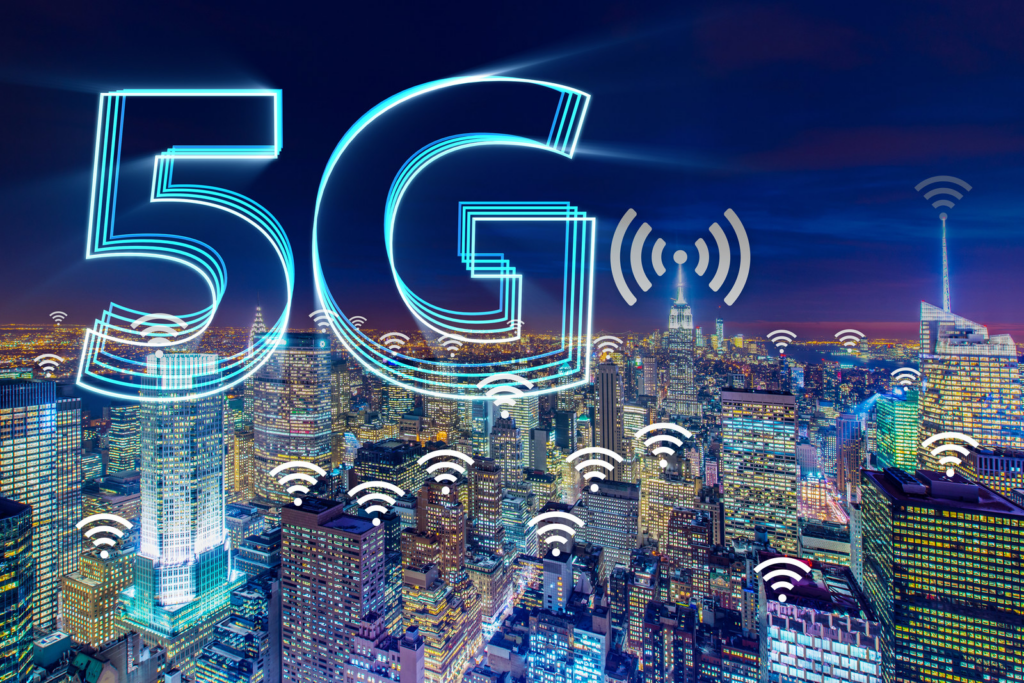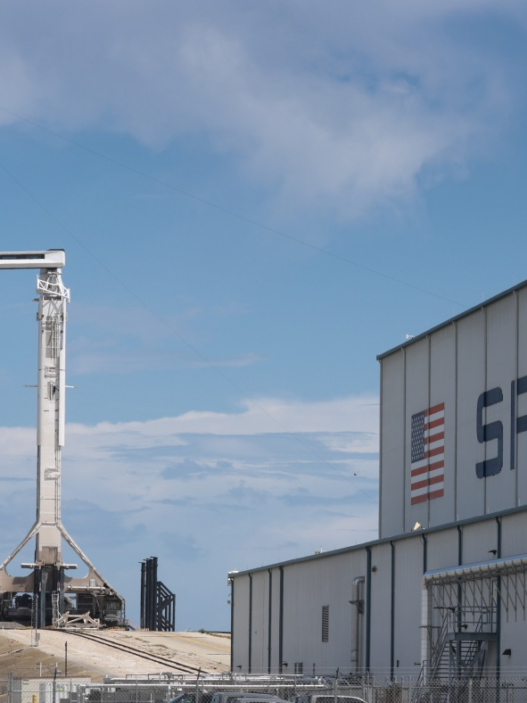Operators Like Claro, TIM, Vivo, and Regional Providers Can Now Deploy 5G Networks
The auction for 5G frequencies took place in November 2021, but it’s only now that the 3.5 GHz frequency has been cleared for use throughout Brazil. With the release of this band, operators like Claro, TIM, Vivo, Brisanet, and other regional providers can now install fifth-generation antennas and offer high-speed connectivity to consumers.
This is the final batch of municipalities that were not yet able to have 5G on the 3.5 GHz frequency. The restriction existed because the band was also used for satellite TV (TVRO), which underwent a technology migration schedule.
Transition for Satellite TV Viewers
Viewers with C-band satellite dishes had to replace their equipment with new ones compatible with the Ku band. This measure does not affect subscribers of satellite TV with DTH technology (Sky, Claro TV, Oi TV).
To facilitate the migration, kits with antennas and decoders are being distributed for free to traditional parabolic users enrolled in federal government social programs. Eligible individuals can request these kits until June 29, 2025, on the Siga Antenado portal.

5G Expansion Timeline Until 2030
The release of the frequency does not mean that 5G will automatically appear in all Brazilian municipalities. What has happened is the clearing of the frequency, now available for use by operators who acquired the rights.
During the auction conducted by Anatel, operators made commitments to expand 5G SA across the Brazilian territory. The schedule varies based on the population of each municipality:
| Deadline | 5G SA Coverage Commitment |
|---|---|
| By July 2023 | One 5G antenna for every 50,000 inhabitants in capitals and the Federal District |
| By July 2024 | One 5G antenna for every 30,000 inhabitants in capitals and the Federal District |
| By July 2025 | One 5G antenna for every 15,000 inhabitants in capitals, Federal District, and municipalities with over 500,000 inhabitants |
| By July 2026 | One 5G antenna for every 15,000 inhabitants in municipalities with over 200,000 inhabitants |
| By July 2027 | One 5G antenna for every 15,000 inhabitants in municipalities with over 100,000 inhabitants |
| By July 2028 | One 5G antenna for every 15,000 inhabitants in at least 50% of municipalities with over 30,000 inhabitants |
| By July 2029 | One 5G antenna for every 15,000 inhabitants in all municipalities with over 30,000 inhabitants |
In addition to the 3.5 GHz band, Anatel also auctioned two blocks of 2.3 GHz, which can be used for both 4G and 5G. This spectrum was already cleared for use nationwide, but there are few licensed stations utilizing this frequency.

Operators Need to Improve 5G Coverage in Already Covered Cities
When it comes to coverage commitments, operators are ahead of schedule. According to Teleco, 5G technology on the 3.5 GHz frequency is available in 820 cities by at least one operator.
Nevertheless, operators need to significantly improve fifth-generation coverage. In many cities considered covered, the 5G signal is limited to certain areas, and smartphones still rely on 4G and older technologies to maintain connectivity.
A study by Opensignal claims that Brazilian smartphones spend only 11% of their time on 5G networks. This is a very low number compared to India, which reaches a statistic of 52.1%.
With coverage obligations met, operators can expand 5G signals according to their strategy. TIM leads the number of covered municipalities, with presence in 506 cities. Vivo is in second place with 412 locations, followed by Claro (268), Brisanet (144), Algar (33), and Unifique (9).
Smartphone Compatibility Bottleneck
There is also a bottleneck in compatible smartphones. According to Anatel, only 13.3% of smartphones are capable of connecting to 5G networks. 4G continues to dominate with ease, serving 72.2% of mobile devices.



















